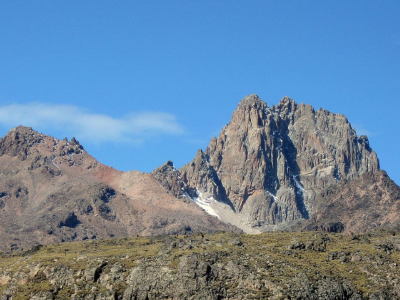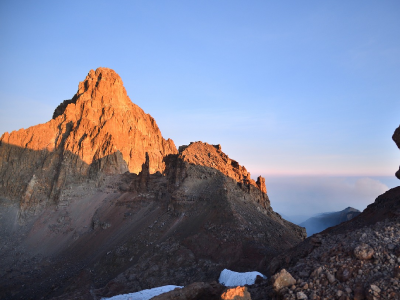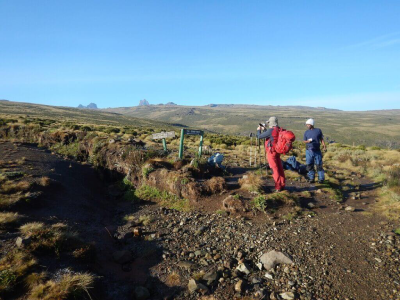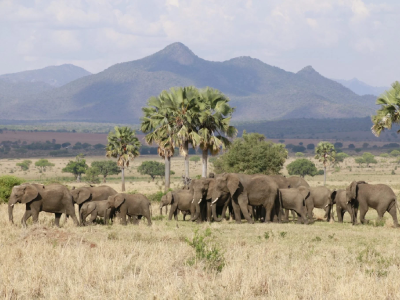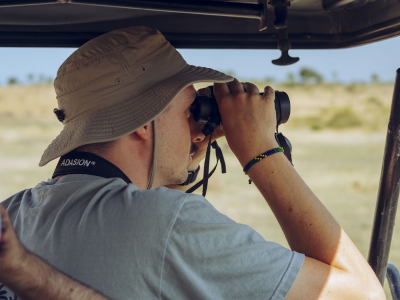All About
Mount Kenya National Park
A TOWERING SYMBOL OF SPIRITUAL SIGNIFICANCE & ECOLOGICAL WONDER
Kenya’s Most Treasured Mountain
Mount Kenya National Park, featuring Africa’s second-highest summit (5,199m), is designated as a UNESCO World Heritage Site. This park sustains a rare afro-alpine ecology and functions as a crucial water source for approximately fifty percent of Kenya’s people. Their spectacular vistas enthrall every tourist on Kenya Safaris.
Founded in 1978 to preserve biodiversity and enhance tourism, the park has 715 km² of alpine rivers, verdant woods, and steep hills. It serves as a sanctuary for wildlife, trekkers, and mountaineers, providing a blend of adventure, culture, and natural beauty in central Kenya.
Mount Kenya’s Fascinating Background
Mount Kenya National Park was first established as a forest reserve in 1948 before being named a national park. In 1978, it was designated a UNESCO Biosphere Reserve, and in 1997, it received a UNESCO World Heritage designation because of its ecological and cultural importance.
The park serves as a cultural monument for the Kikuyu people, who regard Mount Kenya as the terrestrial throne of their deity Ngai. Their summits draw climbers globally, while their woodlands and waterways support ecosystems, supplying water and hydroelectric energy for millions throughout Kenya.


